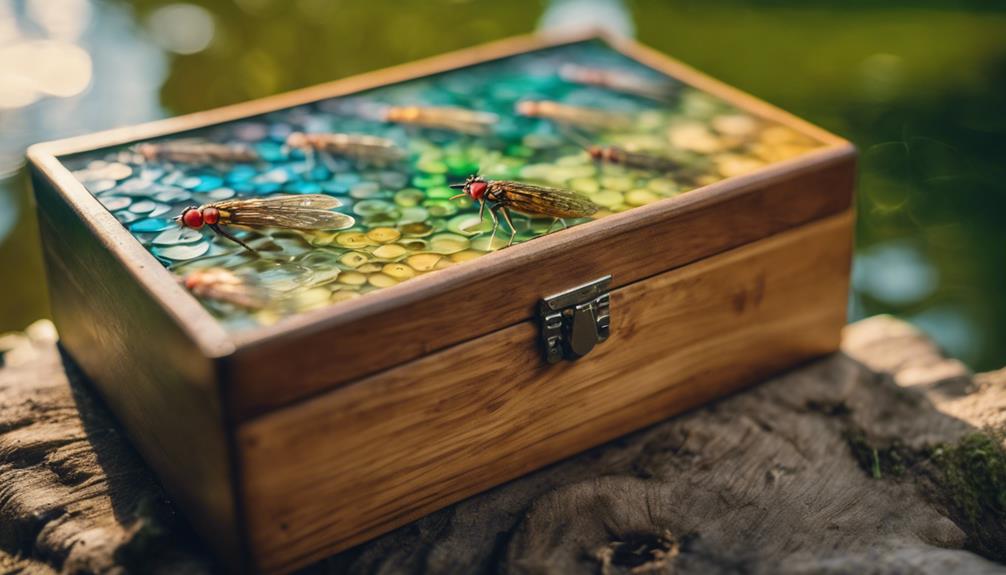Fly fishing in Alaska is more than just a pastime; it’s an adventure that immerses you in breathtaking landscapes and offers thrilling encounters with some of the world’s most magnificent fish. This article will explore the essential aspects of fly fishing in Alaska, providing insights into the best locations, techniques, and gear needed to make the most of your journey. Whether you’re a novice or an experienced angler, this guide will help you understand why Alaska is a premier destination for fly fishing enthusiasts.
The Allure of Fly Fishing in Alaska: A Fisherman’s Paradise
One of the main reasons fly fishing in Alaska is so appealing is the stunning natural beauty that surrounds you. The state is home to an abundance of pristine rivers, lakes, and streams, each offering unique fishing experiences. From the towering peaks of the Alaska Range to the serene waters of Bristol Bay, the breathtaking scenery enhances every cast, making each fishing trip feel like a mini-vacation in nature. Moreover, Alaska’s diverse ecosystem boasts an incredible variety of fish species, including salmon, trout, and grayling, providing ample opportunities for anglers of all skill levels.
Best Time to Experience Fly Fishing in Alaska
Timing is crucial when planning your fly fishing adventure in Alaska. The best time to visit largely depends on the species you are targeting. For instance, salmon runs typically occur from late June to early September, with king, silver, and pink salmon being the most sought after during this period. Trout fishing is best from June through September, with the peak season varying based on location. Grayling can be caught all summer long, making late spring and early autumn perfect times to target these beautiful fish. Understanding these seasonal patterns will help you choose the right time to experience fly fishing in Alaska, maximizing your chances of a successful catch.
Top Locations for Fly Fishing in Alaska
Alaska boasts some of the most renowned fly fishing spots in the world. One of the top destinations is the Kenai River, famous for its large salmon runs and trophy-sized rainbow trout. Other notable locations include the Kasilof River, the Naknek River, and the rivers of the Bristol Bay region, which are known for their abundant salmon and stunning landscapes. Each location offers unique fishing experiences, and fishing guides are available to help you navigate the waters, ensuring you get the most out of your trip. Whether you prefer solitude on a remote river or the excitement of a guided tour, Alaska has something to offer every angler.
Essential Gear for Fly Fishing in Alaska
Having the right gear is vital for a successful fly fishing experience in Alaska. Begin with a quality fly rod and reel suited for the species you are targeting. For salmon fishing, a 9 to 10-weight rod is typically recommended, while a lighter 5 to 7-weight rod is ideal for trout. Waders are essential, as many fishing locations require you to wade into the water. Additionally, don’t forget the importance of a good selection of flies that mimic the local baitfish. Local fly shops and guides can provide insights on the best flies for the season, increasing your chances of attracting fish. Investing in the right gear will make your fly fishing adventure in Alaska more enjoyable and productive.
Techniques for Successful Fly Fishing in Alaska
Mastering fly fishing techniques is crucial for success in Alaska’s challenging waters. One effective method is to use the “dead drift” technique, where the fly is presented as naturally as possible, mimicking the movement of insects on the water’s surface. Another popular technique is “swinging,” particularly effective for salmon. This involves casting the fly upstream and allowing it to drift downstream, enticing fish to strike. Understanding the behavior of the fish you’re targeting will help you choose the right technique and increase your chances of landing a big catch. Additionally, patience and persistence are key, as the thrill of fly fishing often lies in the journey rather than just the destination.
Conservation and Responsible Fishing in Alaska
As an angler, you have a responsibility to practice conservation and ensure the protection of Alaska’s delicate ecosystems. Adopting catch-and-release practices helps maintain fish populations, especially for species like salmon and trout. Familiarize yourself with local regulations, including size and bag limits, to ensure you are fishing responsibly. Moreover, consider using barbless hooks to minimize harm to fish. Respecting the environment not only preserves the beauty of Alaska but also enhances the experience for future generations of anglers who wish to enjoy fly fishing in this pristine wilderness.
Planning Your Fly Fishing Trip to Alaska
When planning your fly fishing trip to Alaska, consider several factors to ensure a smooth experience. Start by determining your budget, as costs can vary significantly based on location, duration, and whether you choose to go guided or DIY. Research accommodations, as options range from rustic lodges to luxury resorts. Don’t forget to check travel logistics, including flights to major cities like Anchorage or Fairbanks. Additionally, it’s wise to book your fishing excursions in advance, especially during peak season, to secure your preferred dates and locations. With careful planning, your fly fishing adventure in Alaska will be one for the books.
Conclusion: Embrace the Adventure of Fly Fishing in Alaska
Fly fishing in Alaska offers an unparalleled experience that combines the thrill of fishing with the beauty of nature. With its stunning landscapes, diverse fish species, and top-notch fishing locations, Alaska is truly a dream destination for anglers. By understanding the best times to fish, the essential gear needed, and the techniques to employ, you can prepare for a successful trip. Remember to practice conservation and respect the environment, ensuring that Alaska remains a pristine fishing paradise for generations to come. So pack your gear, plan your trip, and get ready to embark on an unforgettable fly fishing adventure in the Last Frontier.
